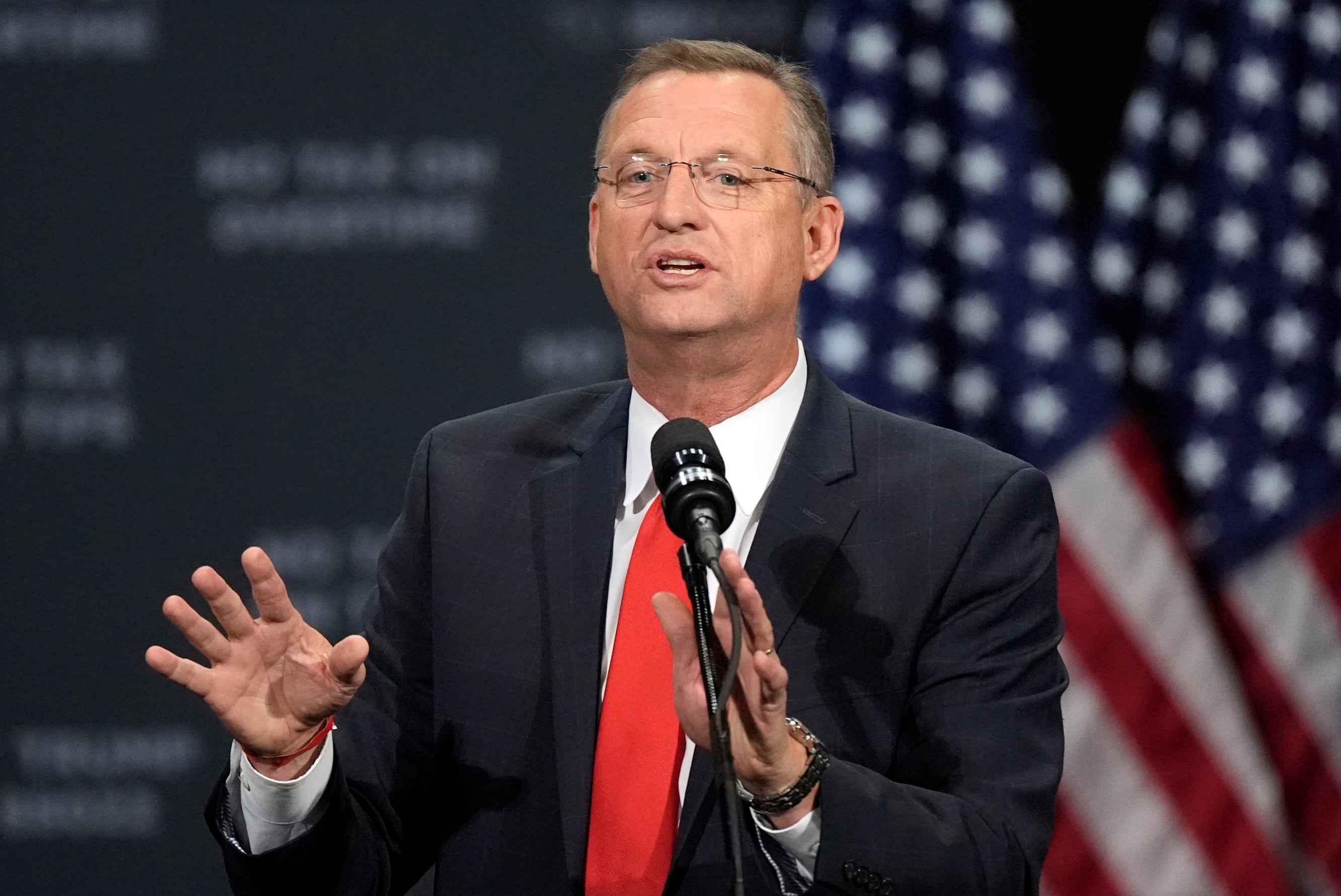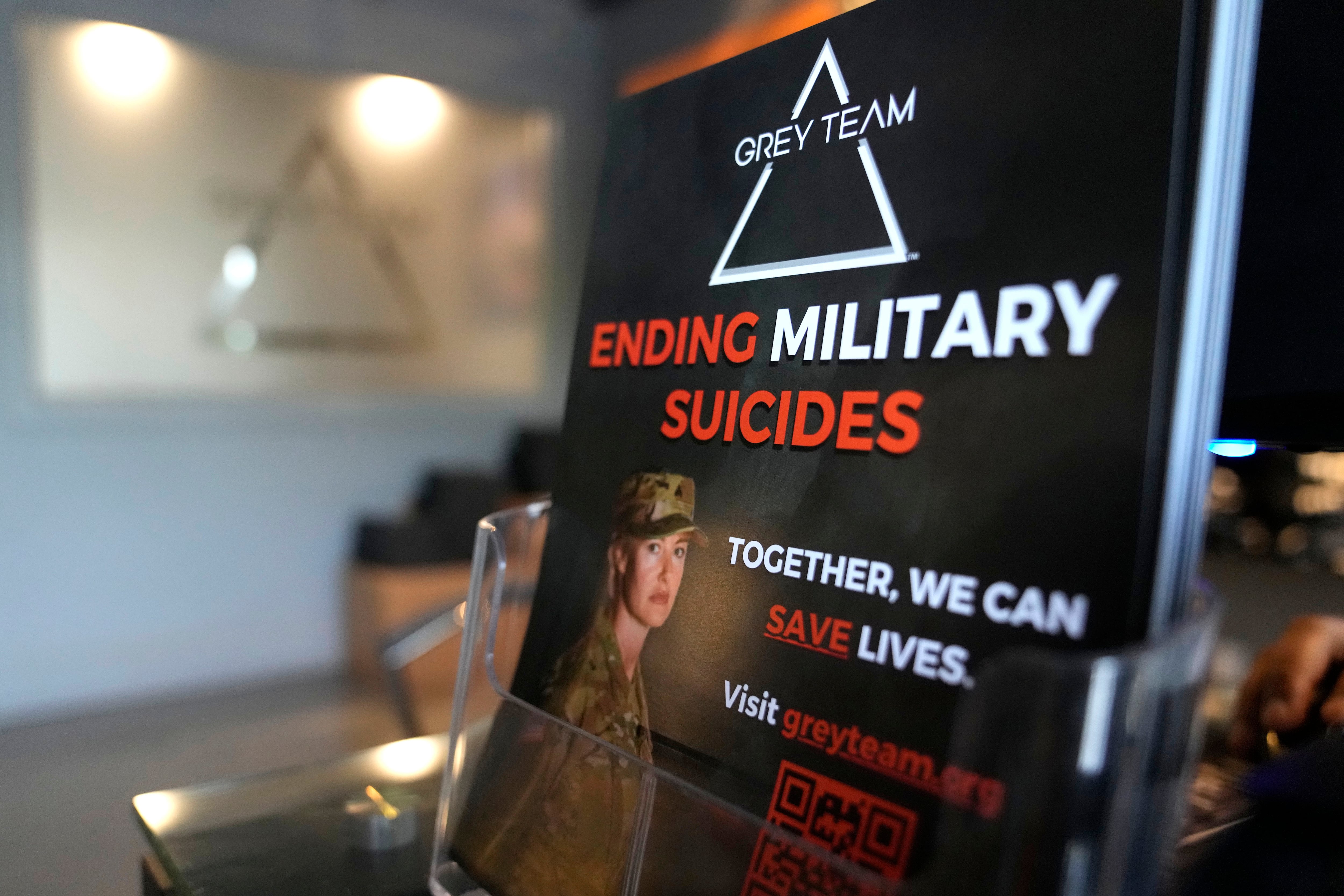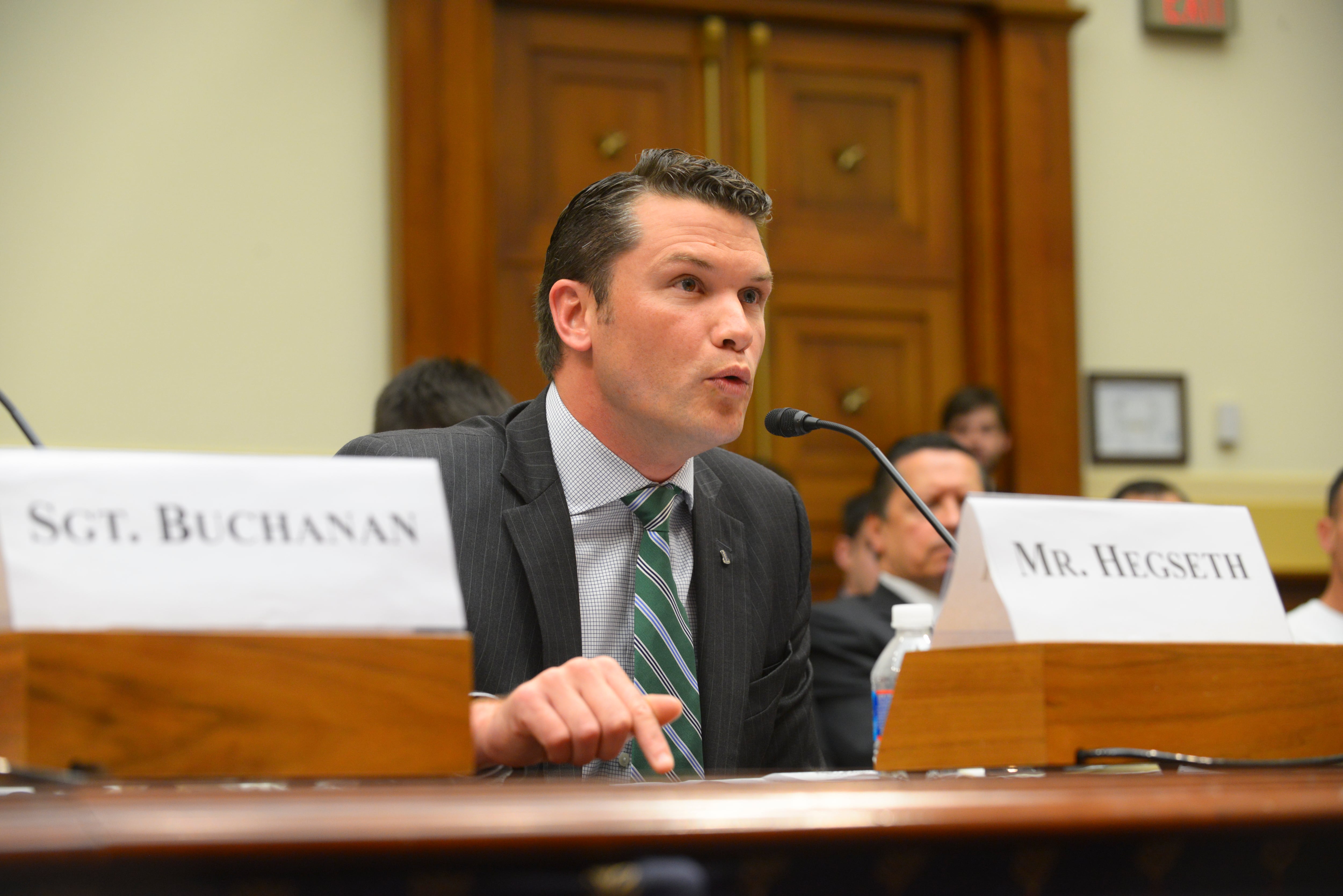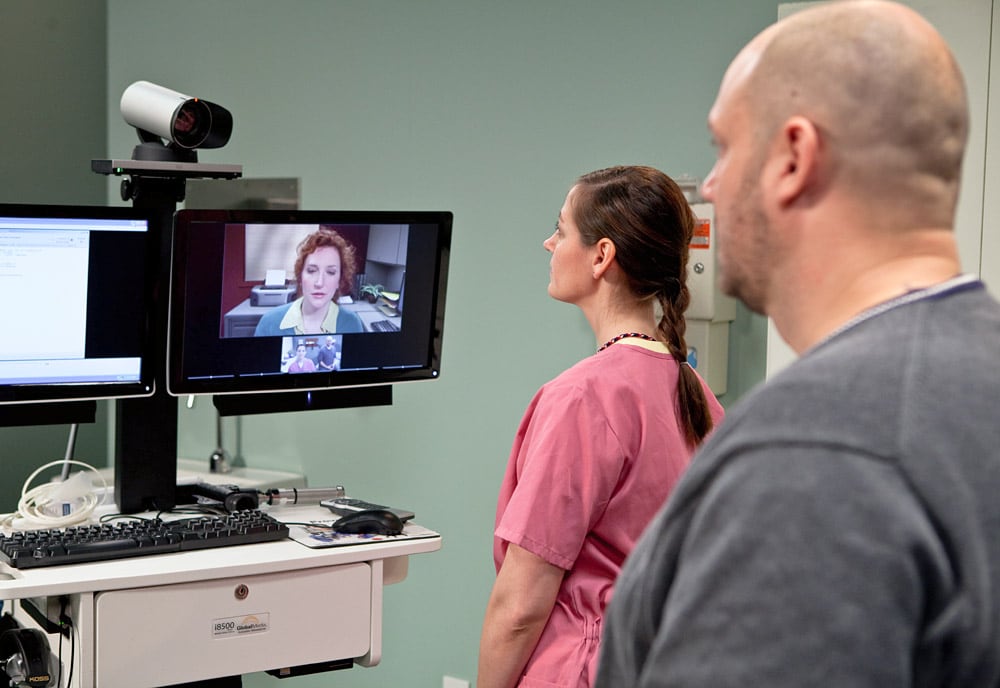When the military's top cyberwarriors gathered last year inside a secretive compound at Fort Meade, Maryland, for a classified war game exercise, a team of active-duty troops faced off against several teams of reservists.
And the active-duty team apparently took a beating.
"They were pretty much obliterated," said one Capitol Hill staffer who attended the exercise. "The active-duty team didn't even know how they'd been attacked."
The exercise highlights a sensitive question emerging inside the military's cyberwarfare community about what future role reservists will play in the Pentagon's overall cyber force.
At stake is a massive pot of money and thousands of military jobs for a critical mission that will be mostly shielded from budget cuts slamming nearly every other part of the force under sequestration.
Real-world experience
The cyberwarfare mission is unique, many experts say, in that reservists bring training and expertize from their work in the civilian sector that can be far more advanced than what's found in the military itself.
While military missions like the infantry or submarine warfare have no direct civilian counterpart, some reservists are full-time cybersecurity experts on Wall Street or software programmers with top technology firms, especially those attached to National Guard units in high-tech hotspots like California's Silicon Valley, Seattle and northern Virginia.
"The guys and gals who work day jobs in suits and ties — or tie dyes and blue jeans — a lot of them have real-world experience in cyber that is far and above the limited skills that ... regular military people have," said Matthew Aid, a technology and intelligence expert and author of "The Secret Sentry, the Definitive History of the National Security Agency."
Yet many reservists fear that active-duty leaders at the Pentagon and U.S. Cyber Command are drawing up preliminary plans that do not specifically include reserve component units in the mission.
That debate will heat up later this year; Congress has ordered the Defense Department to prepare a report on its cyberwarfare plans with a special focus on "requirements for both active and reserve components," as well as civilian assets, according to legislation enacted last year.
Reservists shut out?
CYBERCOM, which began operations in 2010, is developing a specialized joint force of about 6,000 cyberwarriors assigned to 133 teams that will train for a range of missions, from defending DoD networks to mounting offensive operations to disabling enemy systems.
A preliminary plan calling for a force mix of 80 percent active-duty troops and 20 percent civilians has sparked concern from reserve component leaders.
The Reserve Forces Policy Board is drawing up a recommendation for Defense Secretary Chuck Hagel urging him to make sure the reserves are also represented.
"I don't know the right mix, but I guarantee you it's not 100 percent [active-duty] and zero [reserves]," said Arnold Punaro, chairman of the RFPB, a federal advisory group established by Congress.
"It defies common sense to think that industry, in particular our high-tech industries, are not moving at light speed compared to the way government works. We are urging the secretary of defense to take a hard look at going all active-duty," Punaro said in an interview.
Army Lt. Col. Valerie Henderson, a DoD spokeswoman, said the active-reserve force mix for the cyber mission remains "under current analysis" as directed by Congress last year and noted that "no decisions have been finalized."
"We are pursuing reasonable solutions from the perspective of all parties involved," she said.
Henderson declined to comment on the outcome of the 2013 CyberGuard Exercise at Fort Meade, which remains classified.
Active and reserve cyberwarriors each have distinct skills and the optimal force mix will include both, said Army Col. Greg Conti, director of the Army Cyber Institute at the U.S. Military Academy in West Point, New York.
"Think of it in terms of football — there is an offense and a defense and people who know the game can swap positions. But there are certainly differences," Conti said in a recent interview. "I think the active military is probably stronger in the current military operations and how to integrate what they do with traditional kinetic military operations. And you need people who have current situational awareness of threat actors."
For example, specific details of the Chinese navy's communications networks or the operating systems underlying Iranian air defense systems are unfamiliar to most civilian tech professionals.
Yet reservists who come from the private sector "are probably able to focus more intensely on the discipline of the technology," Conti said.
"I think they are very complimentary," he said. "There is some natural mission areas that emerge, and each force has natural strengths."
Specialists vs. generalists
Underlying the debate are concerns about the military's ability to adapt quickly.
In addition to standing up operational cyberwarfare teams, the military services also need to develop specific guidance for recruiters targeting people with these skills; develop professional schools with a long-term curriculum; and create career paths and manpower management tools for the thousands of troops who will be pursuing careers in cyberwarfare.
That last mission may be the most challenging. Fostering a highly specialized cyber force may be at odds with the military's tradition of cultivating generalists who change jobs frequently.
"The military unfortunately has a nasty habit of taking people who have expertise in a particular area ... and using them as truck drivers or cooks," Aid said.
And promoting the most highly skilled cyberwarriors may be difficult in a system based on rank and emphasizing time-in-grade.
"I've heard senior leaders say there is a skill inversion," Conti said. "Some of the most talented people are at the lieutenant and captain level. We have our traditional hierarchical way of doing things. What we are looking at is a cultural shift for the military in how things are done."
Military leaders want to make cyberwarfare a top priority, but major change does not come immediately, Aid said.
"The regular military wants in, but it's going to take some time. You just can't take an Arabic linguist who was in Afghanistan and cross-train him into cybersecurity overnight," Aid said.
While infighting between the active and reserve components exists in other parts of the force — notably in the Army right now in a battle over the future of Apache attack helicopters — Punaro said he does not see prolonged tension over the force mix in the cyber community.
"I think it is just the normal reaction when the Defense Department is standing up something new; it's a lot easier for them to just do it all active-duty," he said.
In the end, Punaro said, DoD "will figure this out."
Andrew Tilghman is the executive editor for Military Times. He is a former Military Times Pentagon reporter and served as a Middle East correspondent for the Stars and Stripes. Before covering the military, he worked as a reporter for the Houston Chronicle in Texas, the Albany Times Union in New York and The Associated Press in Milwaukee.





